The Long and Fascinating History of Cumin - From the Bible to the Ottoman Turks
I find the history of spices fascinating, and the long history of cumin (Cuminum cyminum) is no different. Whenever I do research, I'm always learning new and interesting facts and info.
Cumin spice has been excavated at a site in Syria (Tell ed-Der) which has been dated to the 2nd millennium BC!
History of Cumin - Biblical References
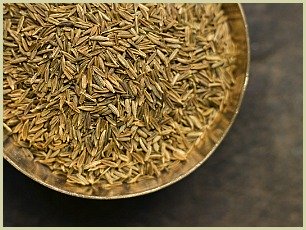
As a native of the Mediterranean and the Nile valley of upper Egypt, it's no real surprise it was used by the ancient Egyptians not only for cooking but also ritual practices in their temples.
Also a well known ingredient in ancient Greece and Roman times where it was used at the dining table in much the same way we use pepper today.
You'll find cumin spelled as cummin in the Bible in both the Old and New Testaments.
Matthew in the New Testament...
-- Matthew (23:23) "for ye pay tithe of mint and anise and cummin"--
And Isaiah in the old...
-- Isaiah (28:27)...but the fitches are beaten out with a staff, and the cummin with a rod--
The above passage refers to a way of harvesting the ripe seeds by thrashing the cumin plant with a stick.
And even today, this ancient thrashing technique is still used in some parts of the world. I suppose it's a case of "if it isn't broke, don't fix it."
Read more about cummin.
More on The History of Cumin Spice
During the Middle Ages it was popular in Europe, and in Germany at this time, a bride and groom would carry a small amount of cumin seeds as a show of commitment to each other.
About 400 years ago, Spanish and Portuguese colonists and traders, introduced it to the New World and Americas after their journeys throughout Africa.
Around this same time period, India and South East Asia finally got their hands on cumin seeds thanks to the Ottoman Turks and their travels in the region.
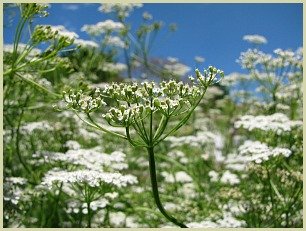
After the Middle Ages, it fell out of favour throughout Europe, before slowly being rediscovered and regaining its former popularity.
Health Uses...
Like most spices in times past, it was valued not only for its culinary qualities, but also for its health and medicinal benefits.
And today studies have shown that it does have benefits for your health and well-being.
See the cumin health benefits page for further details on the therapeutic properties.
2 Other History of Spices You May Enjoy and Some Cinnamon Facts
Saffron History - From Cleopatra to Alexander
|
The Interesting History
|
Uses and Benefits of Cinnamon |
Click on the buttons above to follow me on your favourite social media:
The Herb & Spice
Mix Bible
by
Jason Pitcher
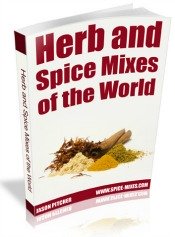
Sign up to my monthly newsletter and get a
FREE Book!
Click on the buttons above to follow me on your favourite social media:

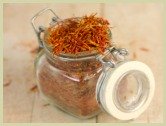
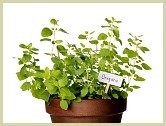
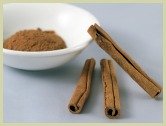





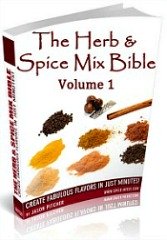
New! Comments
Have your say about what you just read! Leave me a comment in the box below.